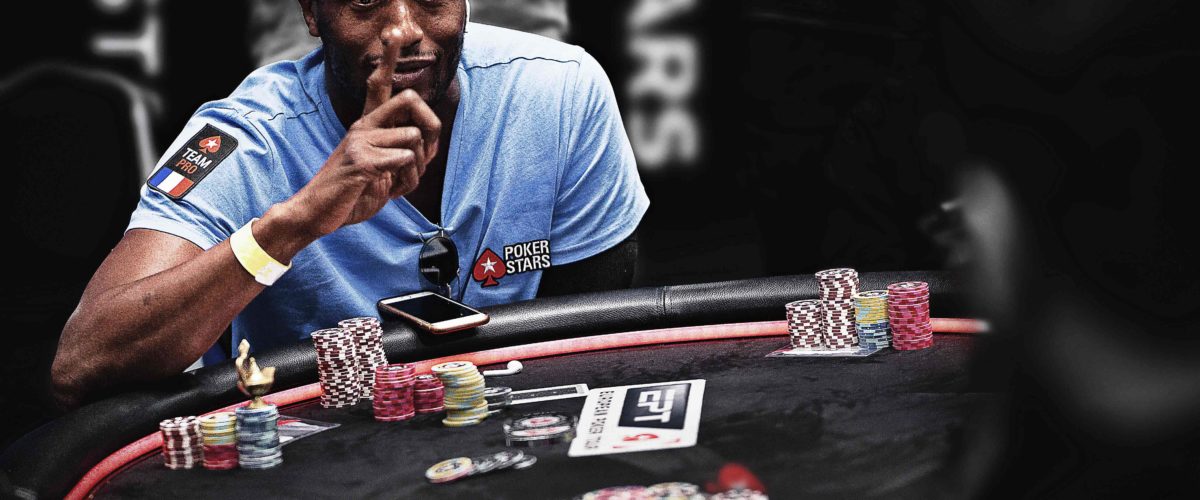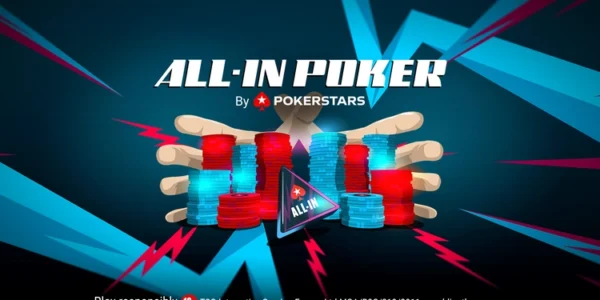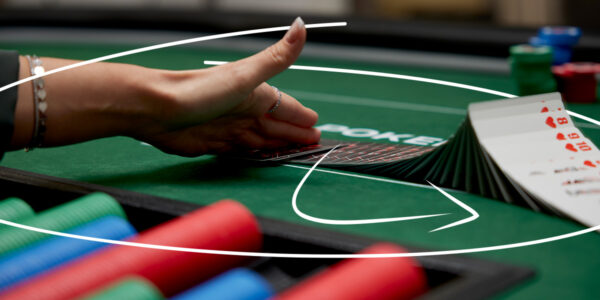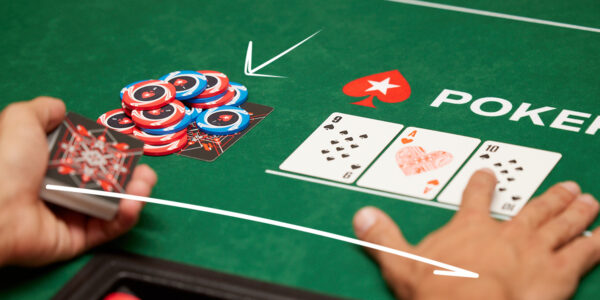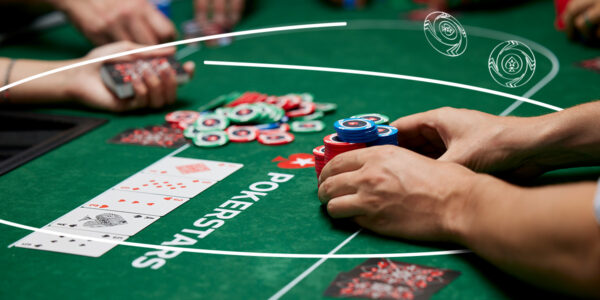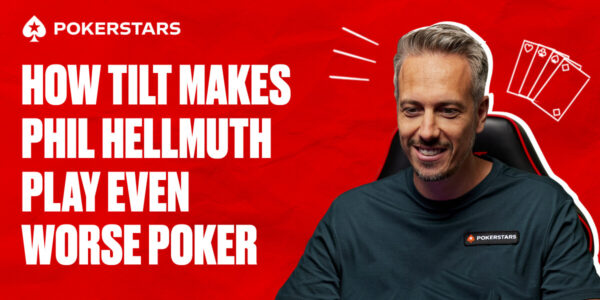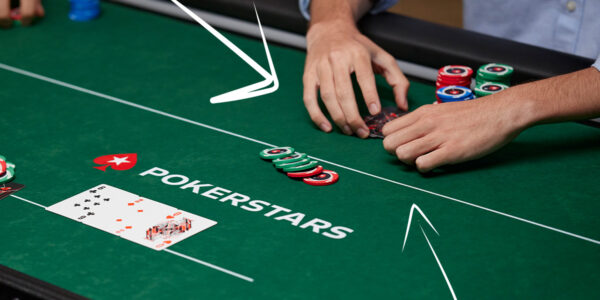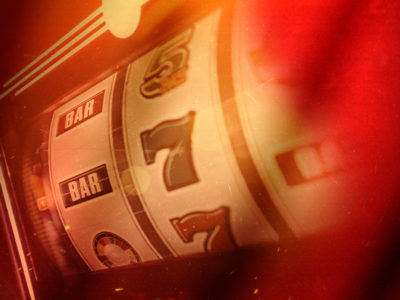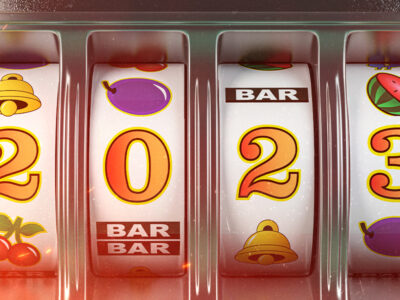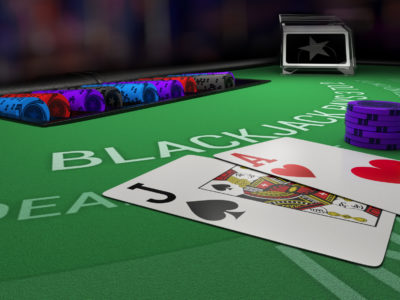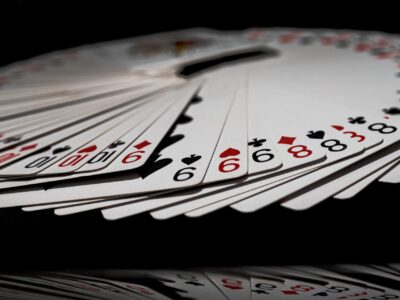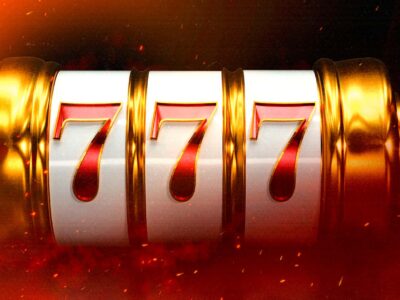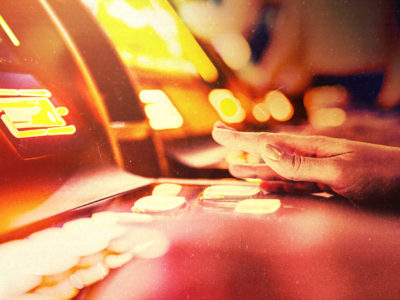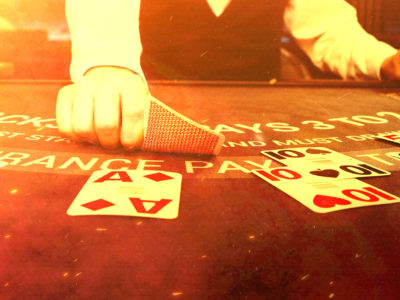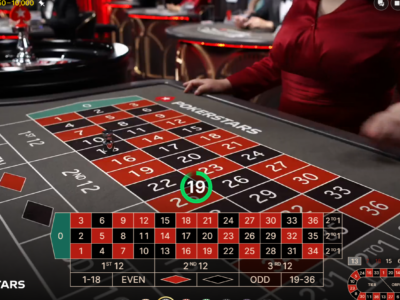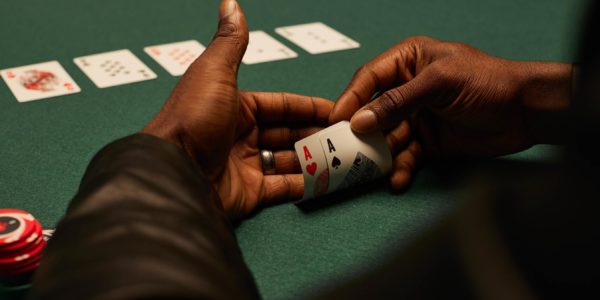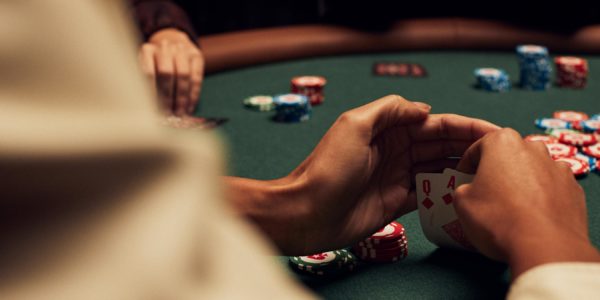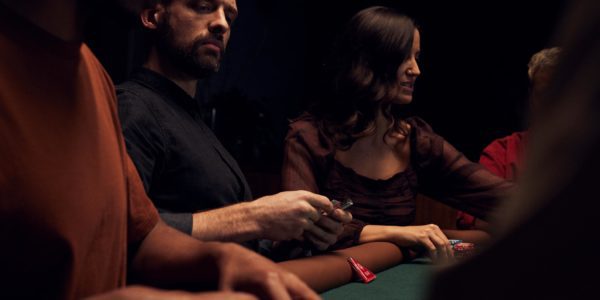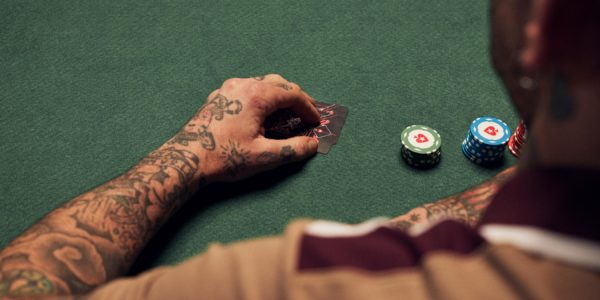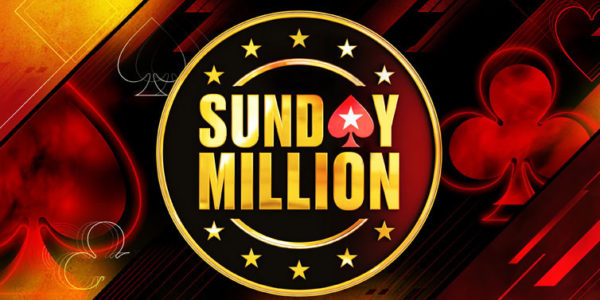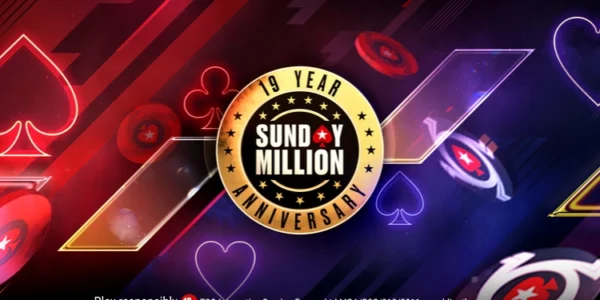Betting Smaller on Monotone Flops
That’s right, you heard me.
If you’re thinking ‘wow this sounds really backwards’, well, get ready, because we’re about to bust a massive poker myth.
Some of the most mistreated flops in No Limit Holdem are the ones where every card is the same suit. We call these monotone, or three-flush, meaning all the same colour (it makes more sense if you play with the 4-colour deck!). Beginners react quite emotionally to these extreme board textures. There are players who start making huge bets with top pair and overpairs, desperately trying to stop their opponent from drawing to that dreaded flush. Secondly, there are those players who just start checking and shutting down. While neither of these strategies is very well thought out, the first one is extremely bad in theory. Let’s see why.
The Bet Big Fallacy
If you sit round a live $1/$2 game, or equivalent, pretty much anywhere in the world, and listen to the apparent wisdom that is floating around, what you will be absorbing is a bunch of misguided illogical thinking. Most players in these games are very far from poker experts and some of them are the sort of people we’d almost pay to sit at our table.
Among this toxic apparent wisdom are classics like ‘AK is a danger hand; I just fold it pre-flop’. A little less abhorrent but still inaccurate would be something like: ‘you have to go really big when the flop is all diamonds like that – he might be flushing.’
Ugh…flushing…perhaps the most biased and emotionally charged term floating around the $1/$2 tables.
The reason that these players advocate hammering huge bets into the middle with A♥ A♣ in a three-way pot on 8♦ 6♦ 4♦ is that they suffer from tunnel vision. They are thinking only about the times when:
1. They have the best hand currently.
And
2. One or more opponent has a diamond.
Case 1 alone is not even massively likely on such a board against two opponents. The chances of an opponent having exactly one diamond is also quite small. This hand would either have to be two large cards that didn’t 3-Bet pre-flop or a pocket pair that is not 88, 66, or 44 and also not big enough to 3-Bet pre-flop. Case 2 is also unlikely. When you multiply two unlikely things together you get an even less likely thing and so points 1. and 2. Above are quite rarely both true.
Players who obsess over making big bets here are neglecting all of the other cases, inventing just one specific one where a big bet looks attractive. They are suffering from a sort of range blindness where only one type of hand seems to exist in the ranges of their opponents.

Why Smaller Bets are Theoretically Correct
Remember that the bet big strategy with one pair hands only works if one opponent has a hand with exactly one diamond AND Hero has the best hand. If one of these conditions is false, a small bet actually performs a lot better. Against a hand like 9♠ 8♠ , for instance, it is likely that a small bet is the only size Villain will call with regularity. There are many hands like this in Villains’ ranges which are only strong enough to invest a little bit of money. When this is the case, we say that we are thin value betting. When we make thin value bets, smaller sizing ensures that we get called by most of the worse hands we are targeting while limiting the losses against a better hand.
Since players typically favour suited hands before the flop; made flushes and hands with no diamond at all are actually very common. There is absolutely no need to bet big against J♥ 10♥ and doing so against J♦ 10♦ is clearly very damaging to our win-rate.
Smaller bets are correct on monotone flops because they allow us to get thin value while making sure that we do not end up being an underdog against a range that calls us. If we end up betting so big that we have poor equity when called, just because we resent the fourth diamond coming and making someone a better hand sometimes, then we are acting out the poker version of cutting off your nose to spite your face.
If you think about it, no one is really folding a hand like A♦ J♥ here to a flop bet. If the fourth diamond does come, then we would rather have bet the flop smaller, not bigger! Betting big is only a good thing when the turn is not a diamond. Some players have this backwards.
Exploitative Deviations
When is it correct to make larger bets on a monotone board?
When you have a very strong hand or draw and are trying to take advantage of a sticky foe. If Villain is the type to flat a bunch of off-suit junk pre-flop, then his range well contain far more single diamond hands on the 8♦ 6♦ 4♦ flop than it should. Not only that, but a massive calling station is also likely to pay off multiple bets even with terrible draws. We should size up here with holdings like A♦ 7♦ and 4♣ 4♠ .
Let’s get this straight then, we’re not saying that you must always use small bets and checks on monotone boards – just that it’s correct to do so in theory. The wonderful thing about poker is that there are many player types against whom we can simply ignore the rules and do what maximises our win-rate in this one hand right here, right now.
View Other Blogs

